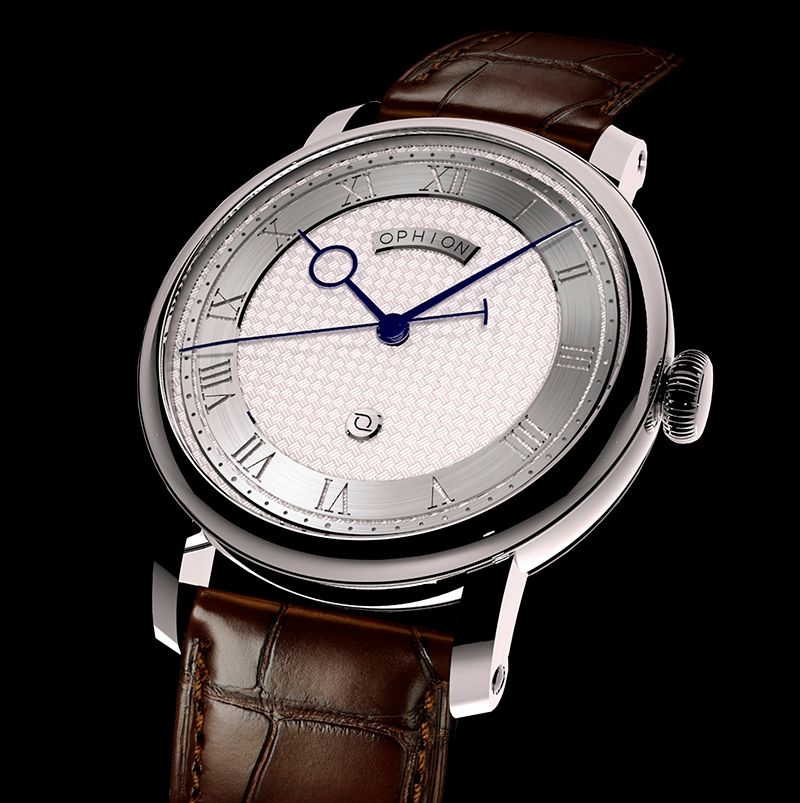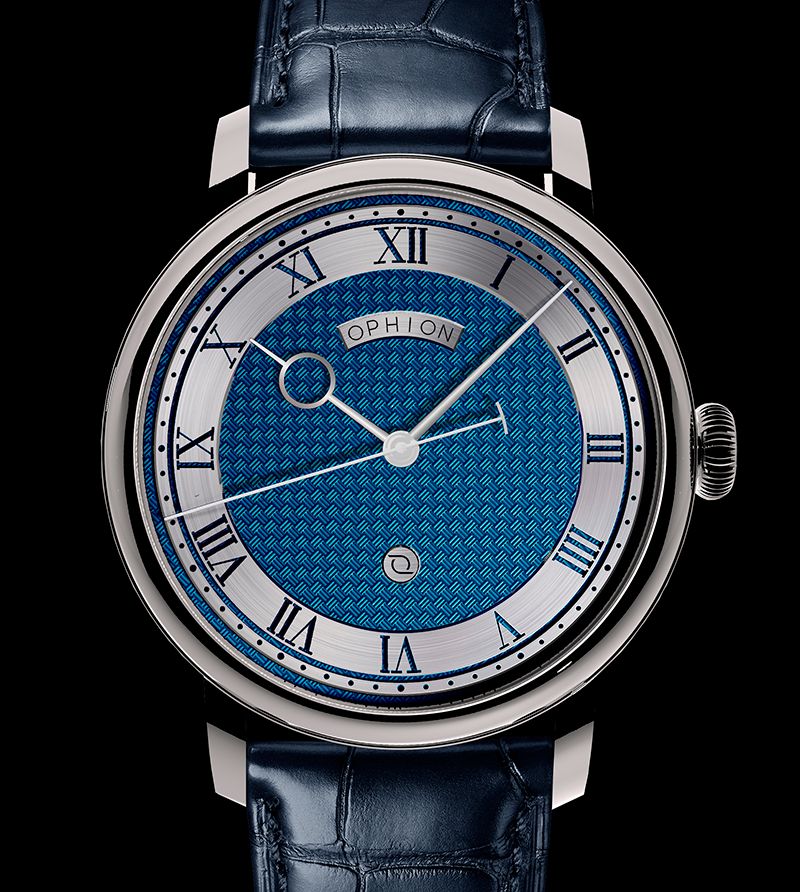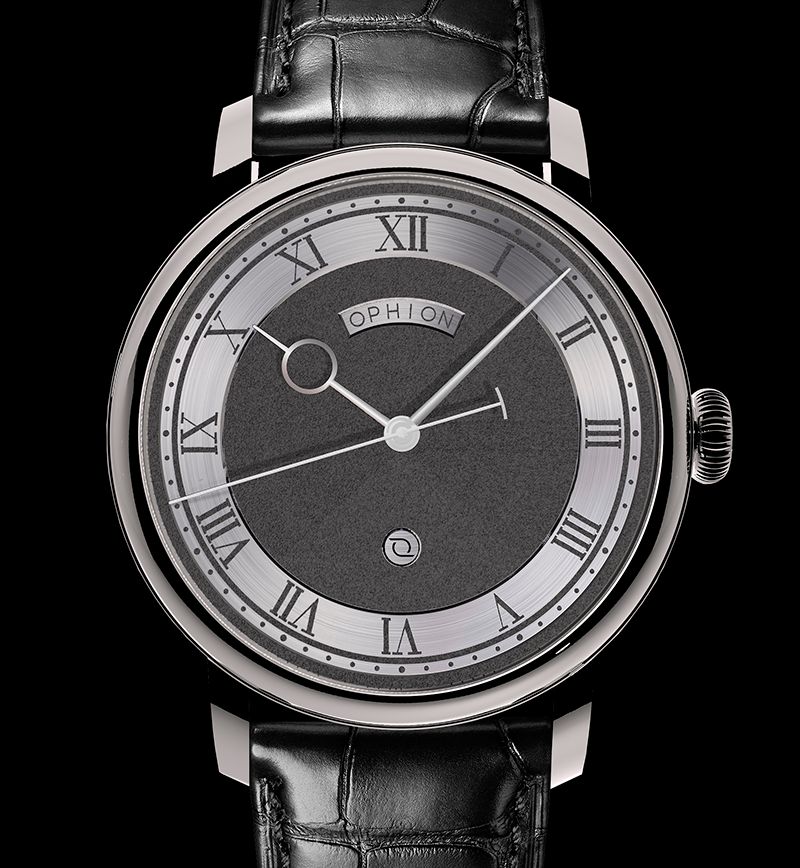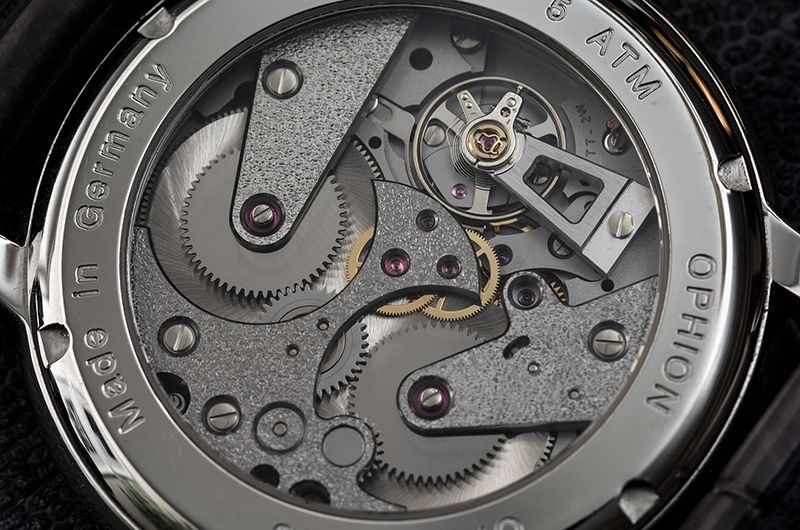The Omega Speedmaster Apollo XVII 45th Anniversary Edition is a sight to behold. The release is a tribute to Eugene Cernan better known as Gene Cernan, the last man to step onto the moon in 1972 onboard the Apollo XVII flight.
The historic Speedy has always been associated with the moon landing and nicknamed the Moonwatch. Google Moonwatch and Speedy and the images of the Speedmaster Pro will turn up. This year at Baselworld 2017, Omega unveiled the tribute piece to Gene Cernan, appropriately named Speedmaster Apollo XVII Anniversary Edition. Featured here is the steel version reference 311.30.42.30.03.001 coming with a solid steel bracelet and limited to 1972 pieces - the year Gene Cernan made the last drop in on the moon.
This is not the first blue dial Speedmaster Pro but this blue is different. Perhaps it has got something to do with the ceramic dial - made of Zirconium Dioxide aka Zirconia. Ceramic is a contemporary material that Omega uses, especially in recent Moonwatches, that adds aesthetic value. Similarly, the Ceragold used in the blue bezel is also a patented technology belonging to Omega.
A closer examination of the dial reveals the chemical symbol ZrO2 which is the symbol for Zirconium Dioxide. Zirconium Dioxide is a kind of ceramic material and in this case, is used on the Anniversary piece. The ceramic dial together with the gold combination of the markers, hands and sub-dial rims lend a touch of class to the otherwise sporty timepiece. What is also evident is featuring a racing-style minute track as opposed to the "normal" minute markers found in other Speedies. The racing-style minute track was introduced in the 1996 version of the automatic Speedy launched in conjunction with Michael Schumacher who was then the new brand ambassador.
And what about the red font 05:34 GMT you might ask? Well that was supposed to be the time Gene Cernan stepped on the moon for man's last lunar walk. And notice how reflective the dial is - and I can tell you, the blue on the dial is so hard to capture. My photographs do no justice to the beauty of the blue ceramic dial. As for the use of the blue ceramic, this is one of many new materials used by Omega to enhance the overall quality of its timepieces.
Another closer look at the time 05:34 GMT. A nice vermilion hue.
On to the logo at 9 o'clock - that is the patch of the Apollo 17 which is the same patch found on the Apollo 17 Limited Edition released in 2012. The etching is brilliantly done on this one - something only a ceramic dial can achieve with precision electroforming (gold) manufacturing technology.
The gold hands are as one would expect of Omega. Nicely done to blend well with the timepiece. But did you notice that the two hands on the 3 o'clock and 6 o'clock subdials are white in colour while the one at 9 o'clock is gold? Bet you didn't notice it at first glance...
Next, the applied gold markers. The tip of the marker is coated with white Superluminova coating. The blue bezel is also interesting - it uses Ceragold for the tachymeter scale.
Housed in the Moonwatch is the Lemania based Calibre 1861. Unfortunately, I was not able to take a picture of the case back but the solid steel case back is exact replica to the dial of the Apollo 17 patch.
While the steel version comes in a limited quantity of 1972 piece, the original gold version of this timepiece was limited to 72 pieces. So good was the response to the launch that Omega decided after BaselWorld to increase that to 272 pieces much to the disdain of early adopters.
My take on the Speedmaster Apollo XVII Anniversary Edition - this is a winner and if you are a Speedy fan, I suggest you already reserve one for yourself. I believe it will be sold out pretty quickly if not already.
This year (2017), Omega celebrates 60 years of the Speedmaster Pro. To track the milestone of the evolution of the Moonwatch, check out the Omega website dedicated to all the iterations of the icon.
P.S. - After having a conversation with Gregory Kissling, Head of Product Management, I stand corrected to the significance of the time 05:34 GMT - that was the time Gene Cernan took the last step on the moon, not the first. How Omega had come about this timing was through the help of NASA and scouring the transcripts of the conversation between Gene and Houston Mission Control. So now I know the truth!



























































